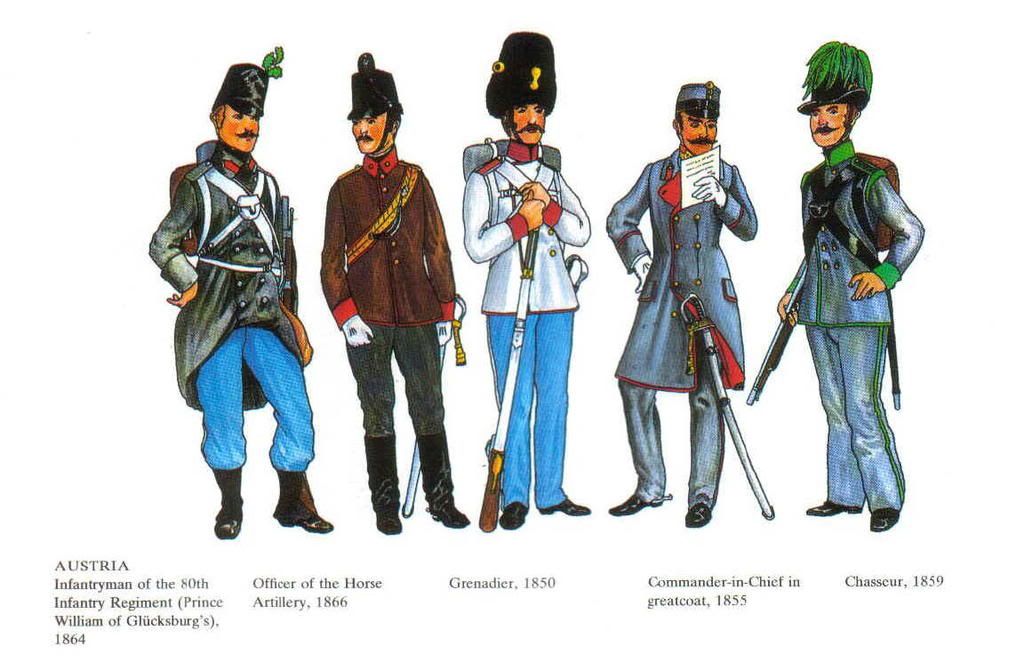 "Next season we will be drenched in solferino, their having exhausted rose, magenta and fuchsia in recent years."
"Next season we will be drenched in solferino, their having exhausted rose, magenta and fuchsia in recent years."Solferino Red
After Solferino, a village in northern Italy, where the Battle of Solferino was fought on June 24, 1859, resulting in forty thousand casualties in a single day. The color was named so because the dye of this color was discovered shortly after the battle, and supposedly the color represented how the battlefield appeared after
 the bloodshed.The immense suffering Henry Dunant witnessed in the Battle of Solferino inspired him to campaign leading to the founding of the Red Cross. Another color named in this manner is magenta (after Magenta, Italy), whose dye was discovered shortly after the Battle of Magenta (June 4, 1859).
the bloodshed.The immense suffering Henry Dunant witnessed in the Battle of Solferino inspired him to campaign leading to the founding of the Red Cross. Another color named in this manner is magenta (after Magenta, Italy), whose dye was discovered shortly after the Battle of Magenta (June 4, 1859).
Napoleon the third at Solferino

"
The news flew to Montechiaro and to Valleggio. Napoleon started for the scene of action with the Imperial Guard; Francis Joseph's staff was sent forward at six a.m., but the Emperor and Hess did not start till later. At near nine, the staff was looking for the Emperor, and the Emperor was looking for the staff in the open country about Volta;(B\elow the troops leaving turin)

This remarkable incident was in keeping with the general management of the battle on the part of the Austrians, who had been fighting for many hours before the commander-in-chief arrived.
After his arrival, they continued fighting without any visible plan, according to the expedients of the divisional generals.

The particular expedient adopted by General Zedwitz was to withdraw 15,000 men, including six regiments of cavalry, from the field. At a critical moment, Count Clam Gallas had the misfortune to lose his artillery reserve, and sent everywhere to ask if anyone had seen it.
The Prince of Hesse, acting without orders, or against orders, separated his division from Schwarzenberg's and brought it up at the nick of time to save the Austrians, when they were threatened with actual destruction, at two o'clock in the afternoon.
chasseur a pied with cantiere
Napoleon having seen at once that they were the key to the position, and must be taken, cost what it might. The cost was great; if there is any episode in French military history in which soldiers and officers earned all the praise that can be given to brave men, it is the taking of these Solferino hills. Again and again Forey's division and Bazaine's brigade returned to the charge; the cemetery and streets of Solferino were piled up with their dead, mingled with the dead of the defenders, who contested every inch of ground. The individual valour of the French soldiers in that six hours' struggle made it possible to win the battle.
 san cassiano
san cassianoBut, by degrees, the French recommenced gaining and the Austrians losing ground, and at six p.m., the latter
were retreating in good order, defending each step before they yielded it.

 French Officer
French OfficerIn the last stage of the battle the French limbered up their guns in the belief that a vast reserve of Austrian cavalry was galloping into action. What made them think so was a dense yellowish wall advancing through the air. Had they been natives, they would have recognised the approach of one of those frightful storms which bring devastation in their train, and which, as they move forward in what appears a solid mass, look to the inexperienced eye exactly like the clouds of dust raised by innumerable horsemen. The bursting of the storm hastened the end of the fight.
 cent garde in 54mm by mignot
cent garde in 54mm by mignot


No comments:
Post a Comment